
Founded to capitalise on the growing demand for classic cars married with modern technology and performance, Icon is as much about paying respect to the past as it is about the cutting edge of technology. We met Jonathan Ward, Icon's founder, to learn more about him and his company…
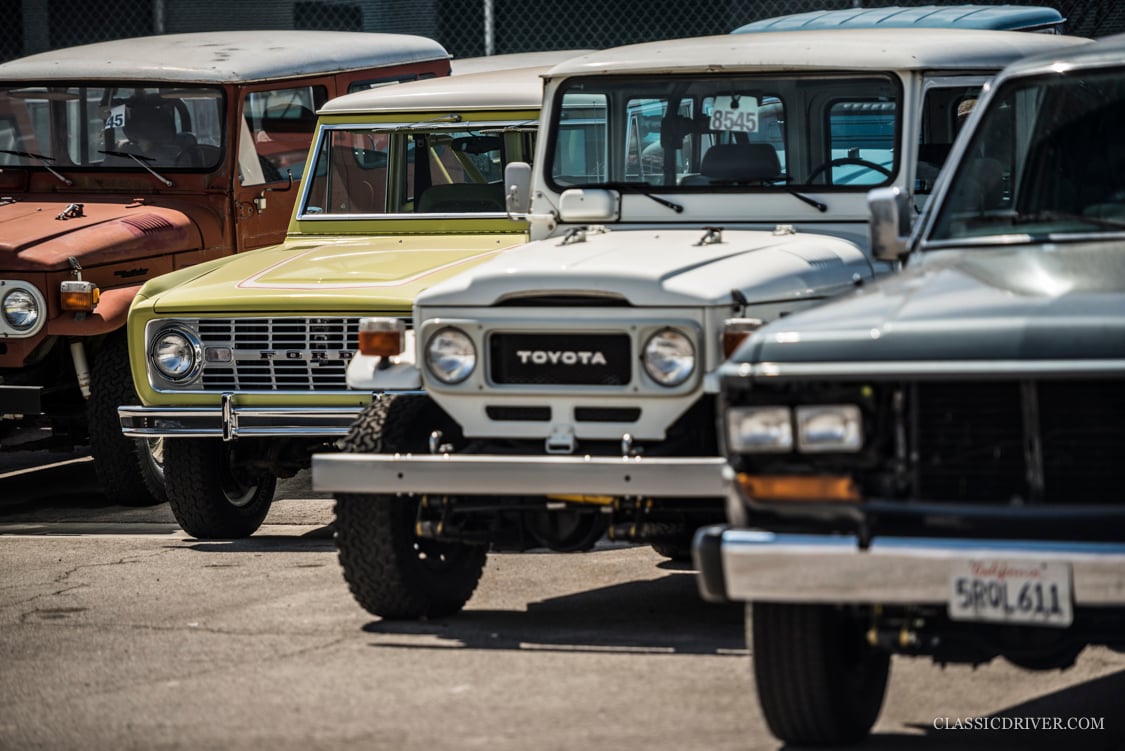
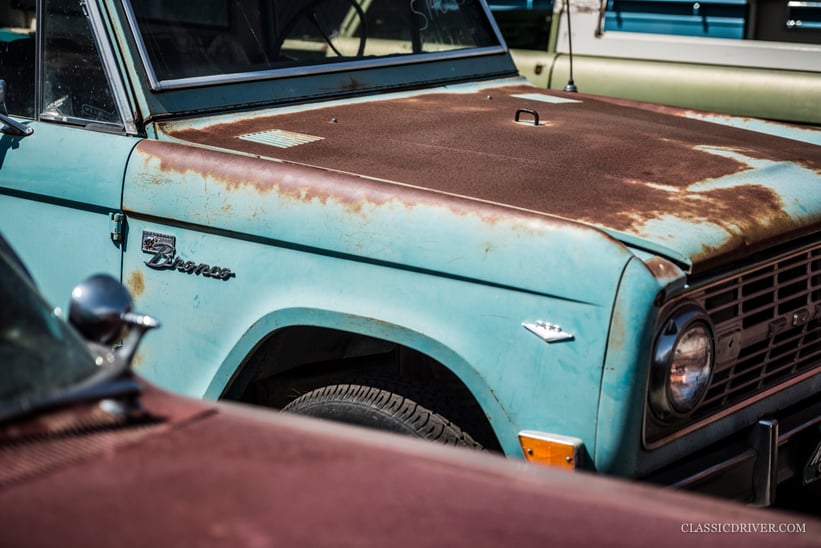
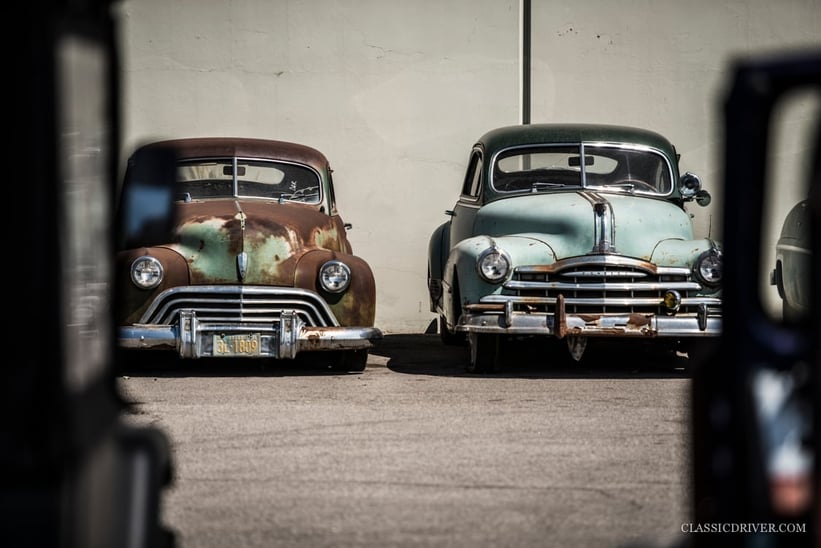
In some ways, Icon is something of a UFO in the classic car world. Jonathan Ward, the company’s founder, is a connoisseur of the French carrosserie but also loves American classics from the 1950s, such as the famous Ford Bronco. He’s also a stickler for detail, and endeavours to put his stamp on an eclectic range of classic American vehicles, from wagons to pick-up trucks to saloons. Having established an enthusiastic following, the Los Angeles-based company is going from strength to strength. We visited Ward to talk all things Icon.
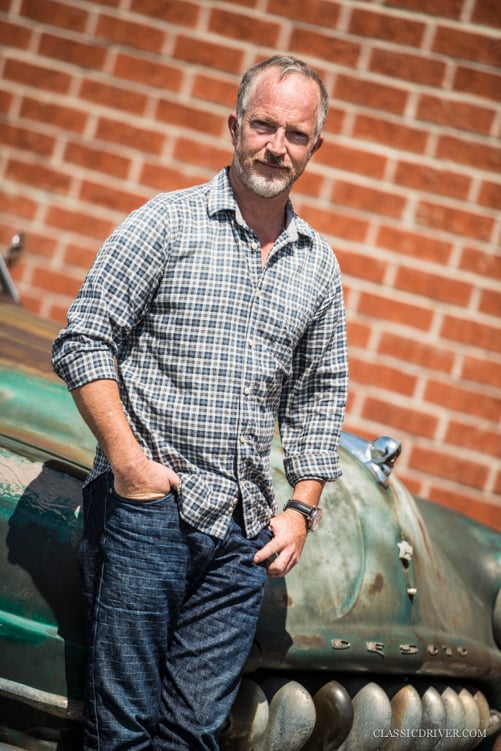
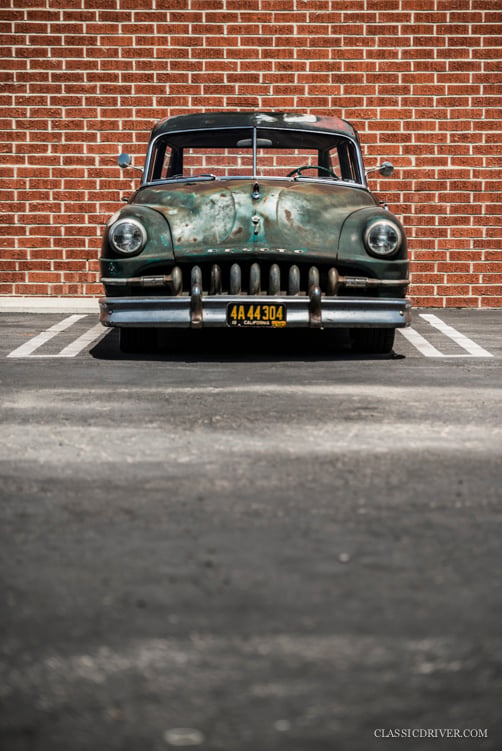
What’s your oldest automotive memory?
Probably exploring my grandfather’s small used-car dealership and service centre in a small town in Virginia, which had been closed for decades. It was still full of tools and automobilia.
Is this how your passion for cars came about?
I've always been keen on design and craftsmanship, and classic automobiles were of most interest to me as they were a combination of so many arts and materials. That, combined with both my father and grandfather’s appreciation of them, was the foundation of my enthusiasm.
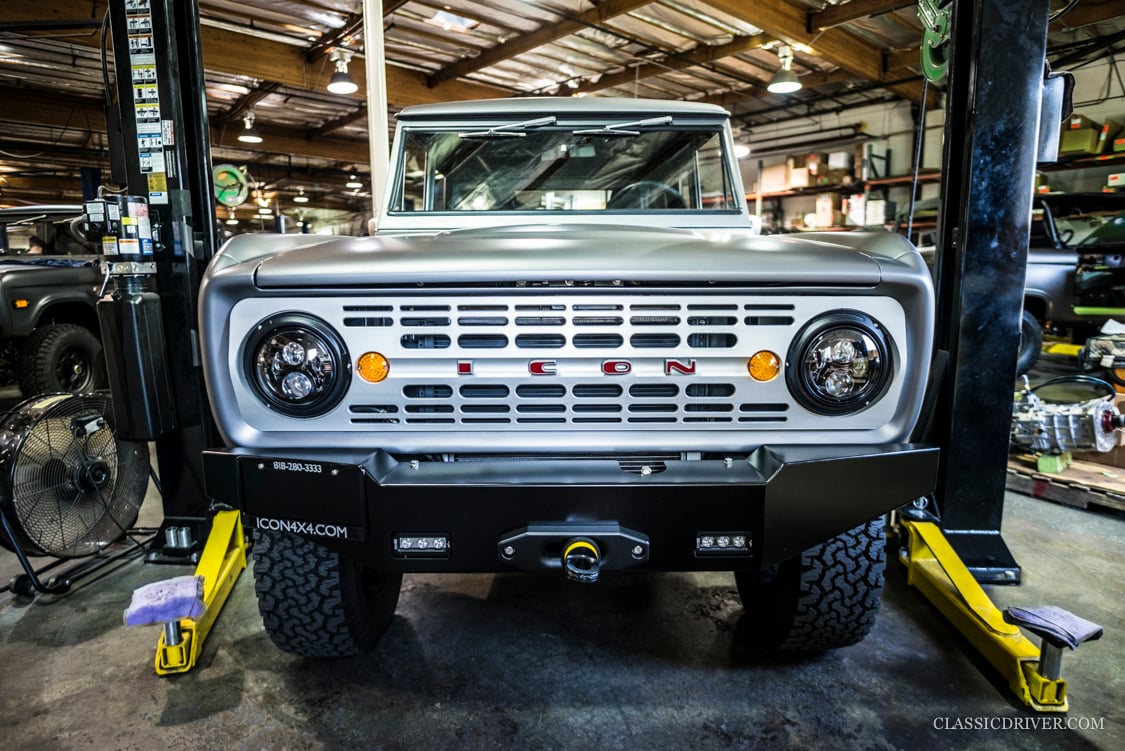

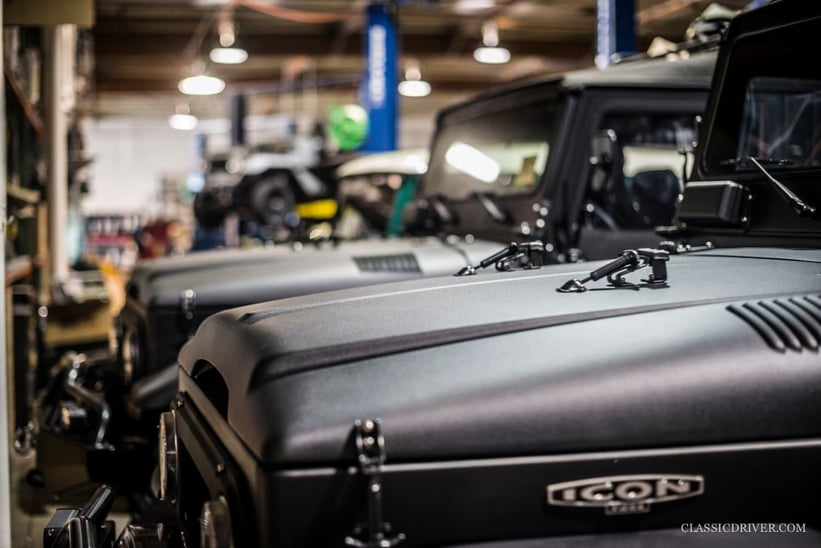
What did you do before founding Icon?
I used to be in the entertainment industry.
So what prompted the decision to create your own business?
I didn’t love what I did, and I wanted to live a life where I truly enjoyed what I was doing. My wife and I quit our jobs (this was before we were married) and started our first business, ‘TLC’. The premise was simple: to apply proper classic car restoration skills and attention to detail to old Toyota Land Cruisers, which no one else was doing at the time. As that brand grew, I knew I wanted to expand to more types of classic cars, to allow us to be more creative with our design and engineering. I'd had the concept of Icon in my head for a while – to take a very modern approach to the mechanical and technical aspects of the restoration, while still honouring the original style – and from the idea to the first vehicle took about eight months.
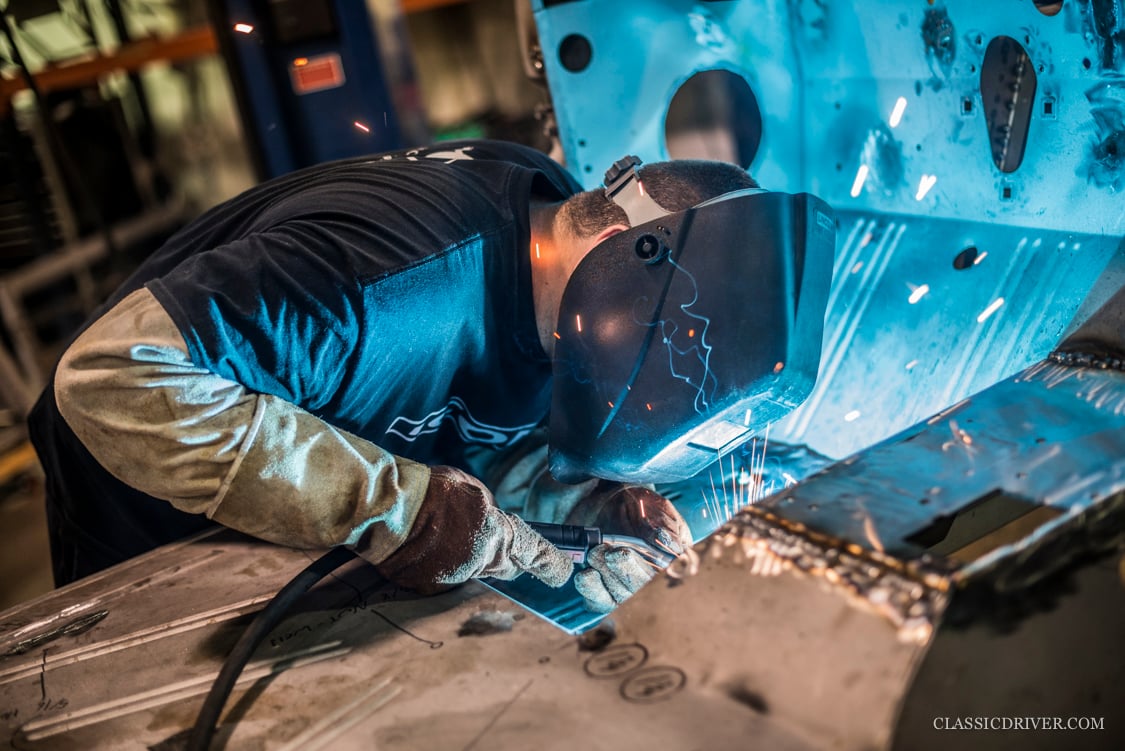
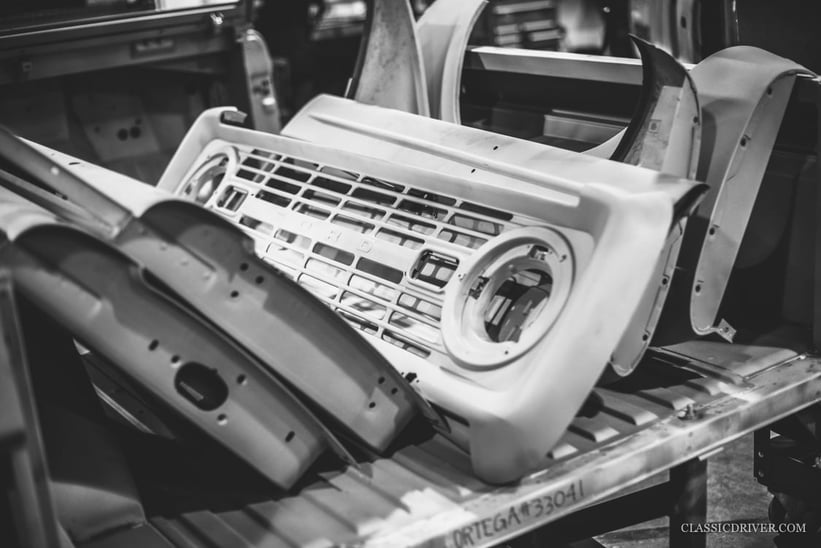
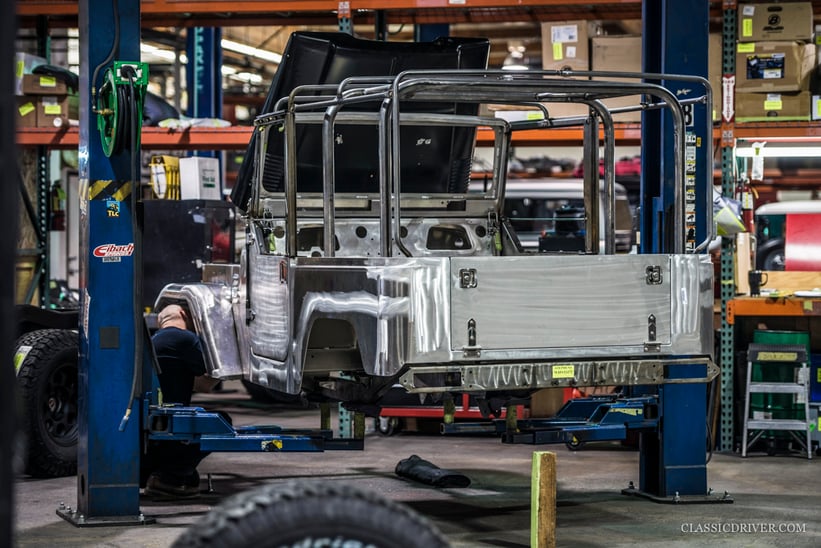
How would you sum up the philosophy of Icon?
It’s about classic vehicle design, reinterpreted in a modern context.
Restoration of the famous Ford Bronco is one of the core aspects of your business – why is this?
Ford approached us to do it, so we carry out the restorations with its support. The reception to them has been fantastic – they are loved by so many people.
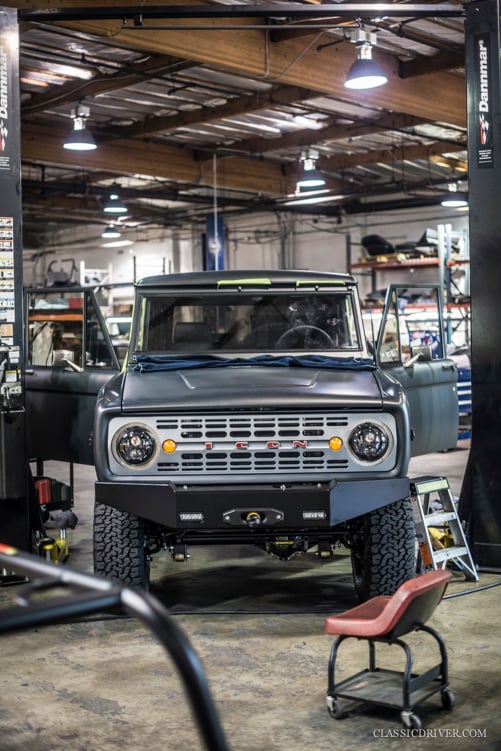
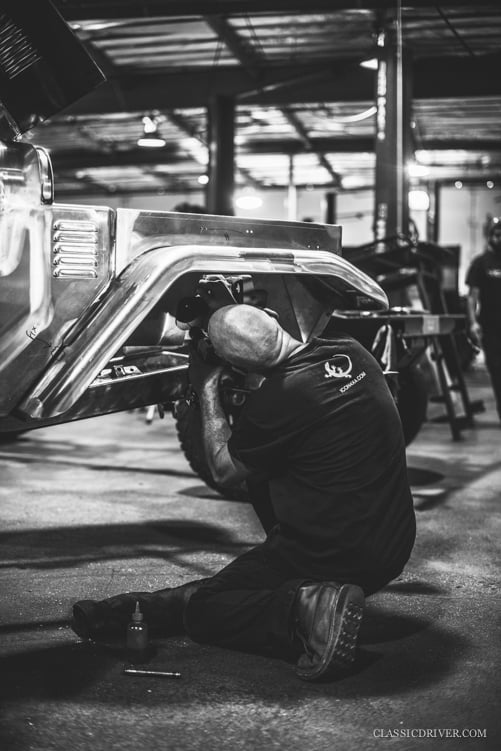
You also focus on American classics from the 1950s – do you undertake full restorations, or is there an element of preserving the cars’ originality?
We split our restorations of cars or wagons into two distinct categories: Derelicts and Reformers. With a Derelict restoration, we leave the exterior as is, but extensively re-engineer the mechanical details using CAD, from a laser scan of the original car. This allows us to really raise the standard of our work. For example, on the interior I might evolve details and integrate an iPad or navigation system in the dash, while staying true to the original design. Reformers are similar to the above, but we restore the exterior to a concours standard. The older the car is, the less likely that I will change the details, as back then cars were a more honest reflection of the designer’s vision. I try to take account of this, and put myself in the shoes of the car’s designer when evolving design elements.
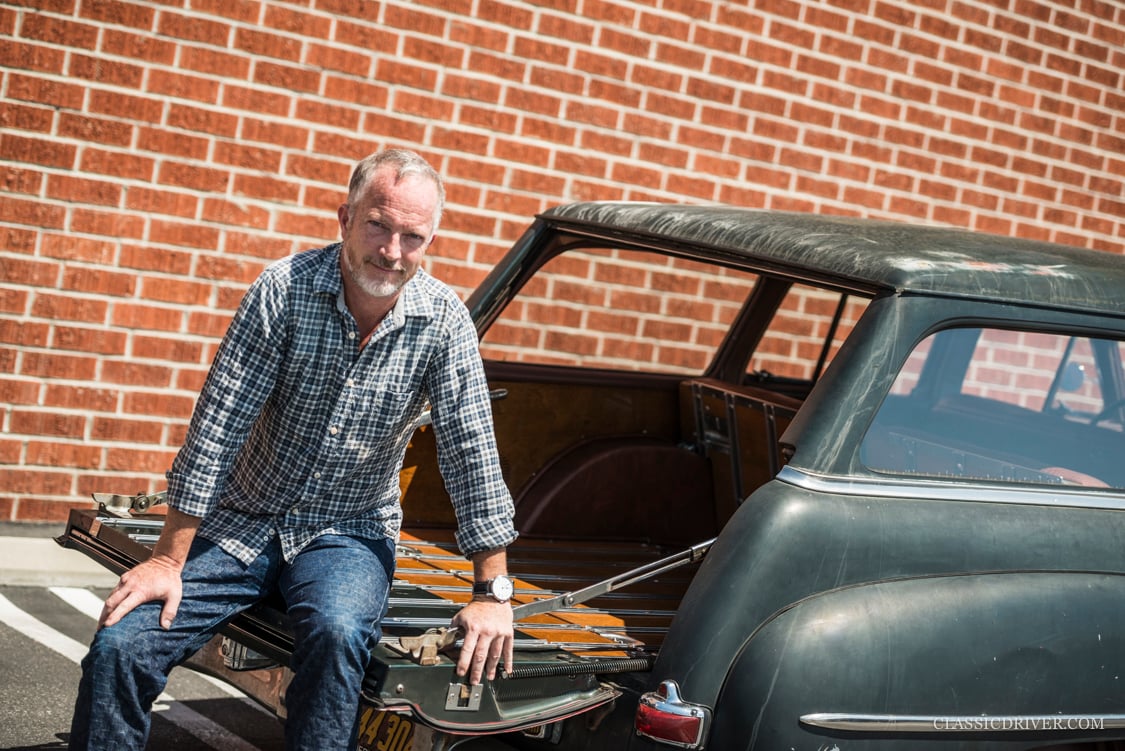
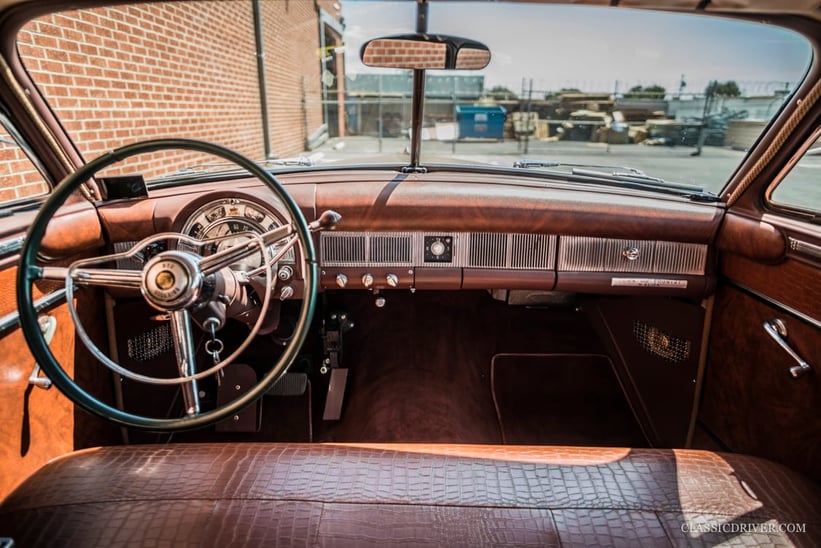

Your personal car is a good example – could you tell us more about it?
It’s a 1952 Chrysler Town & Country wagon. It’s got an Art Morrison chassis, ABS brakes on all four corners, a five-speed auto gearbox, air-conditioning, Rolls-Royce carpets, and extensive soundproofing. It perfectly sums up our philosophy.
Playing devil’s advocate, doesn’t it taint the history of the car by modifying it in such a way?
I don’t think so, because it becomes the next chapter of the car’s life, rather than it languishing in neglect. Also, owners feel more comfortable using their cars if the mechanicals are up-to-date, and thus drive them more. While I certainly piss off the purists, art is an expression, and this is mine. It’s not for everyone, but that’s what makes it special. We also generally pick cars that don’t have a traditionally strong collectors’ market, such as the wagons or the orphan makes and models.
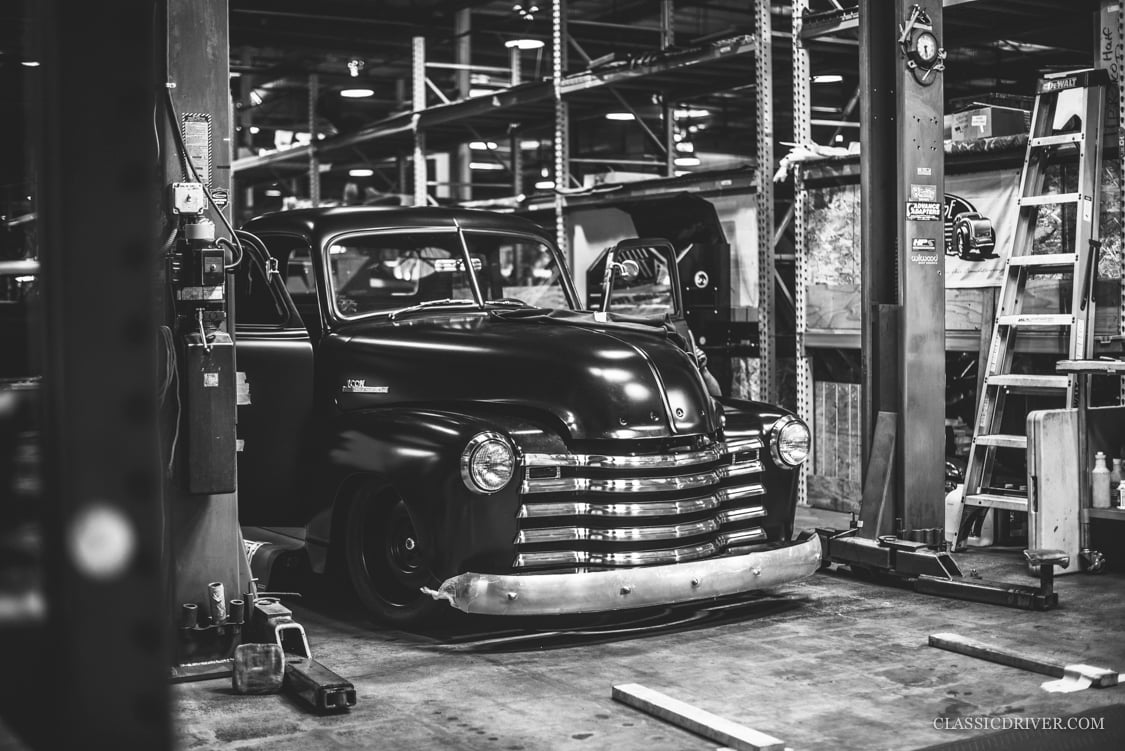
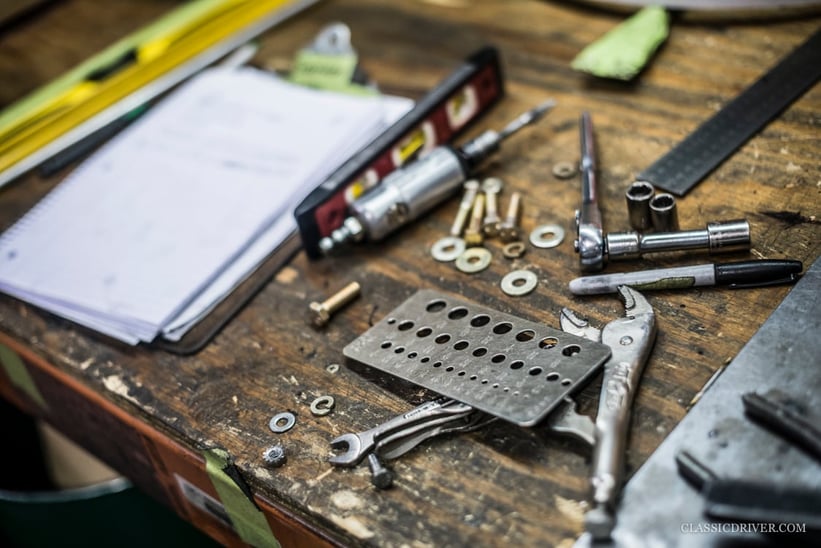
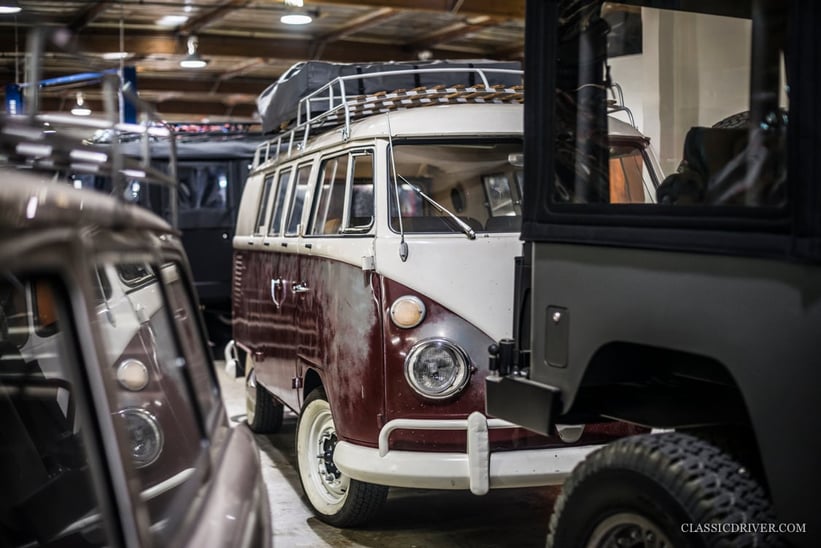
Is everything possible at Icon?
Within the confines of engineering viability and my aesthetic principles, yes.
What’s the craziest project you’ve ever undertaken?
That’s a tough one, as each poses unique challenges. Perhaps the 1970 Superbird Reformer we are building at the moment. We are redesigning the cosmetics, taking inspiration from Ludwig Mies van der Rohe, whose work both my client and I love. We thought it would be interesting to build a car of this vintage, yet inspired by many industrial, non-automotive design elements of the time.
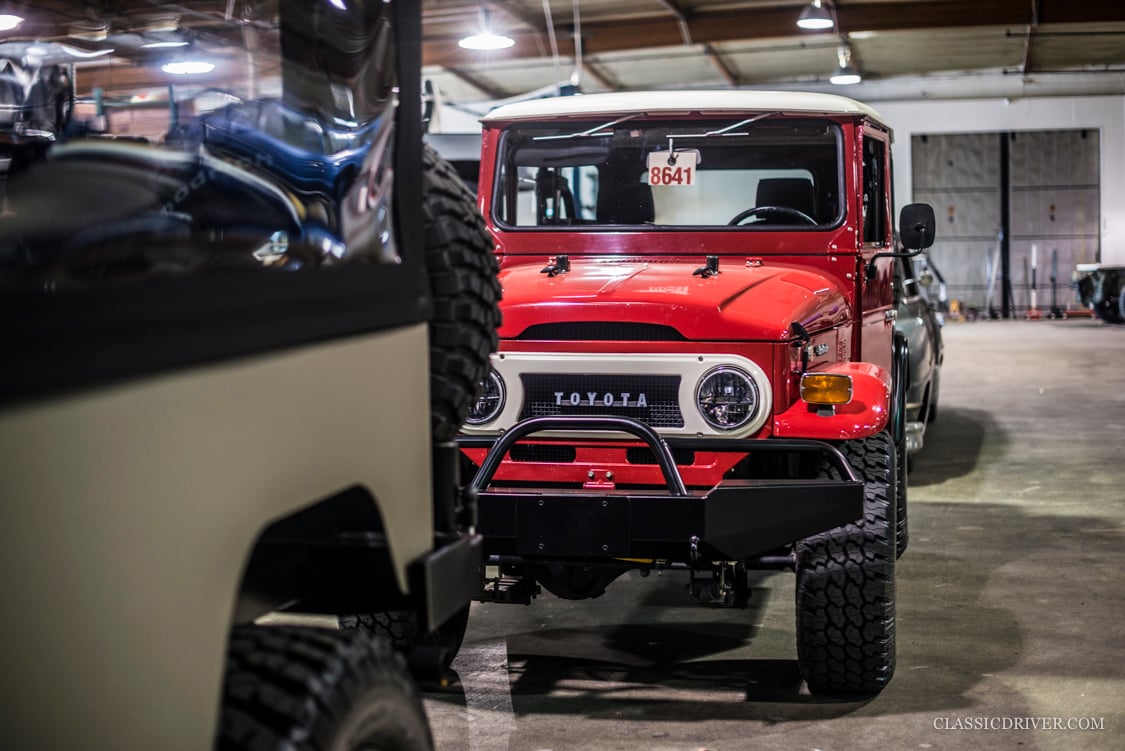
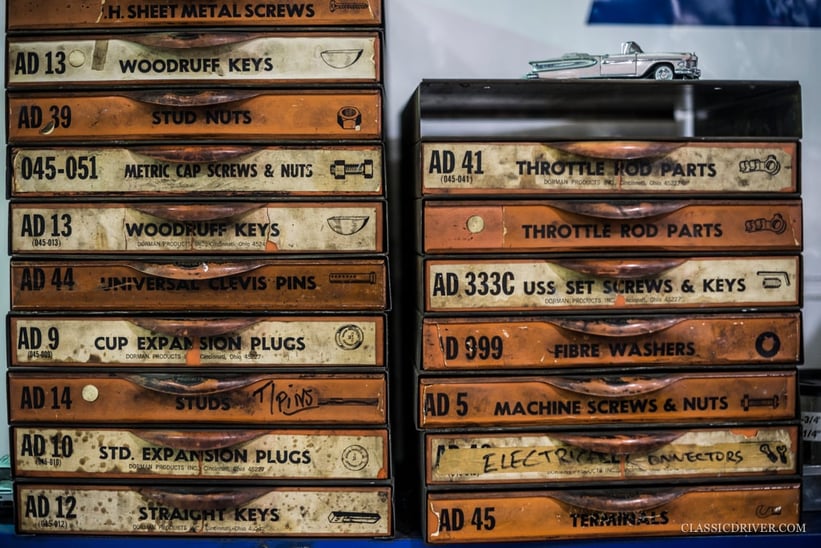
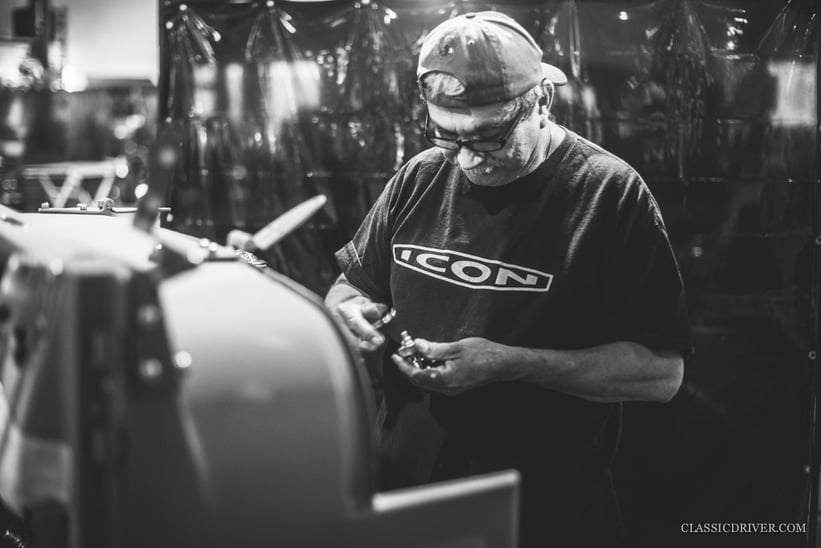
What would be your dream project?
I would very much like to realise my Icon Helios concept – I would donate the profit to my charity, gocampaign.org
So if a Classic Driver reader happens to have something like that in mind, they only need to call?
Yes!
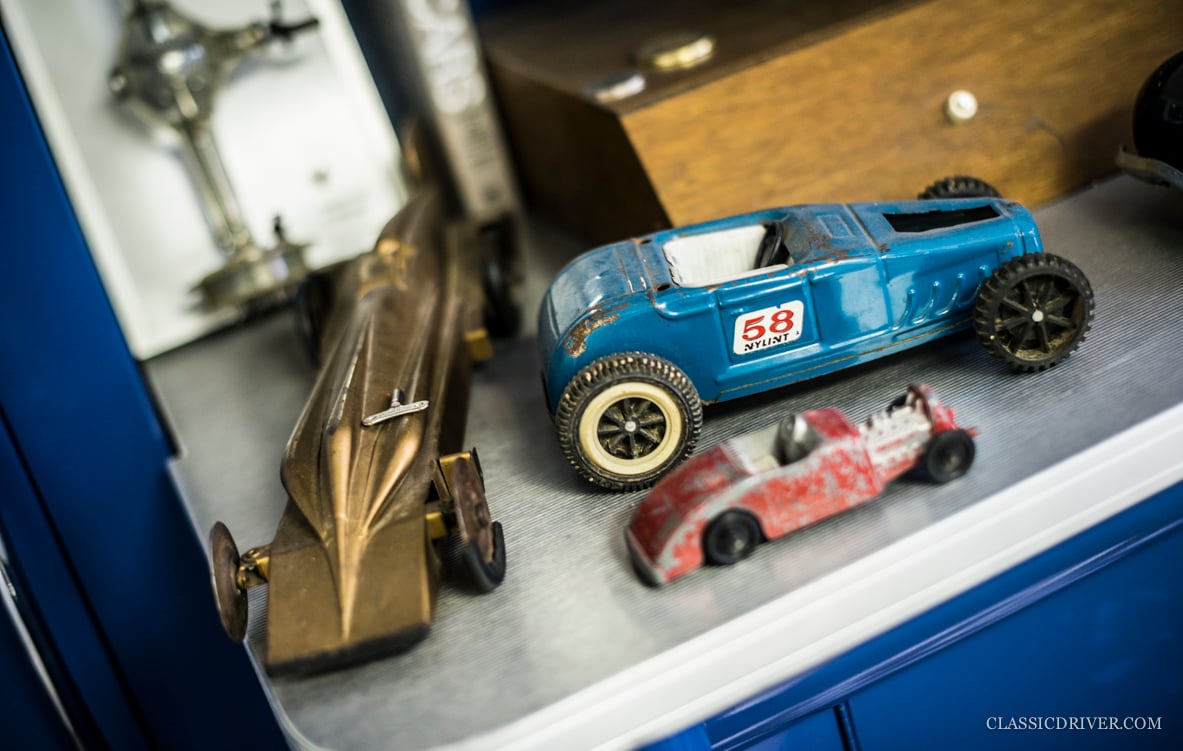

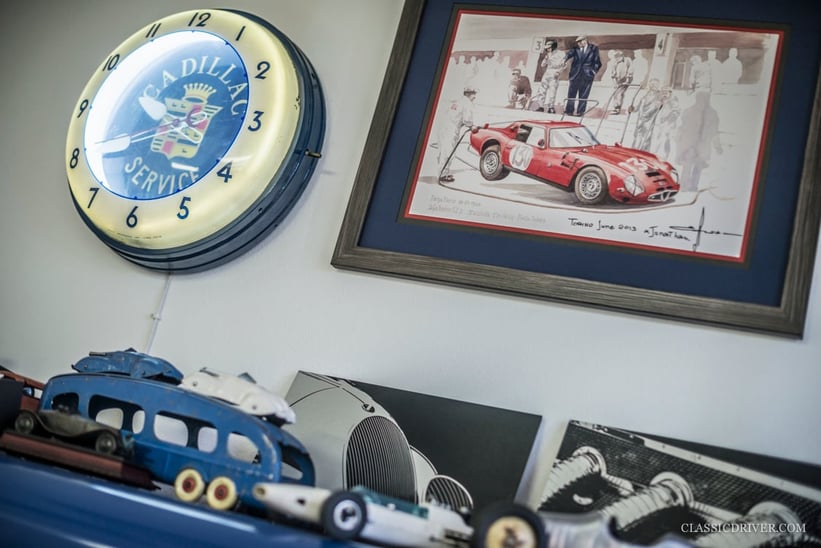
You have lots of French classics-related automobilia in your office – how come?
Deco, Art Nouveau and Streamline designs have always been my absolute favourites. I feel like the French (and a few others) have always had the best eye for design.
If you had the opportunity with one of your customers, would you like to work on such cars? Or would you rather start your own project from scratch – perhaps a modern evocation?
Either, or both. My Helios concept answers a few of these questions, such as what if Streamline had not been cut short by the industrial revolution or the economic depression, or if car design had taken inspiration from aviation a decade earlier than it did?
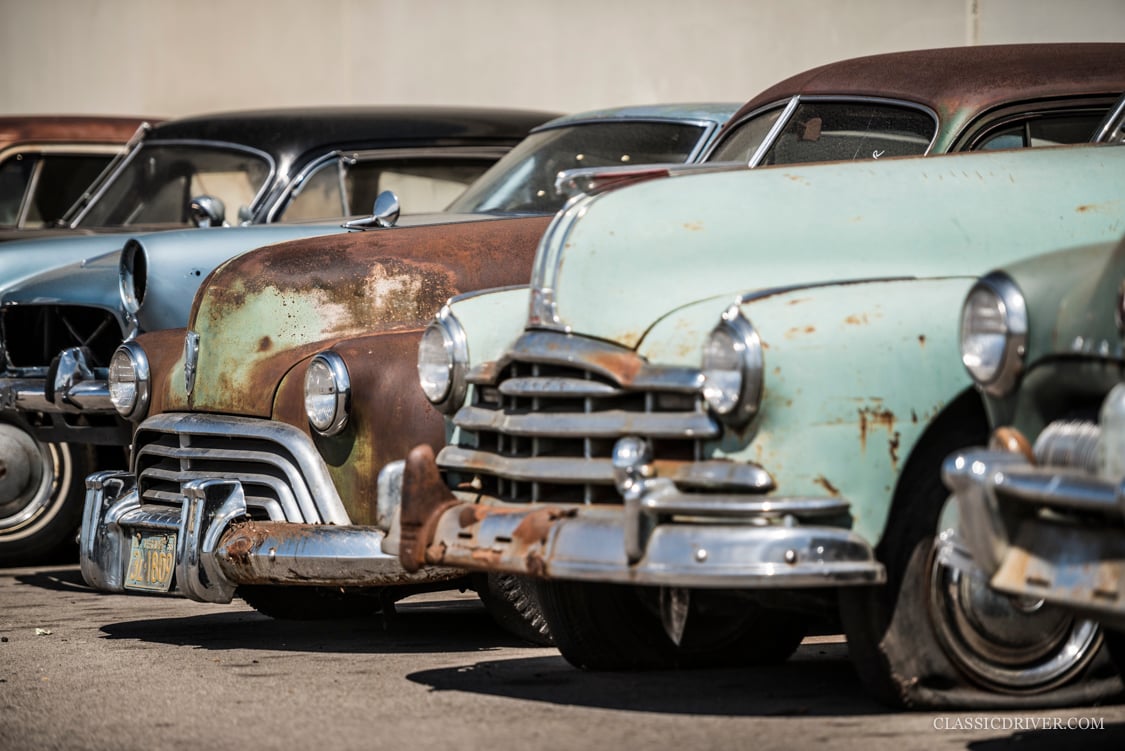
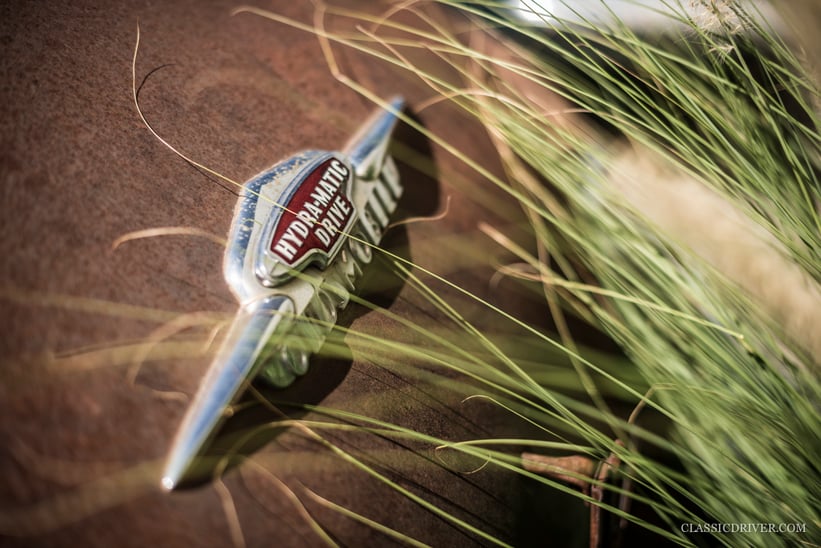
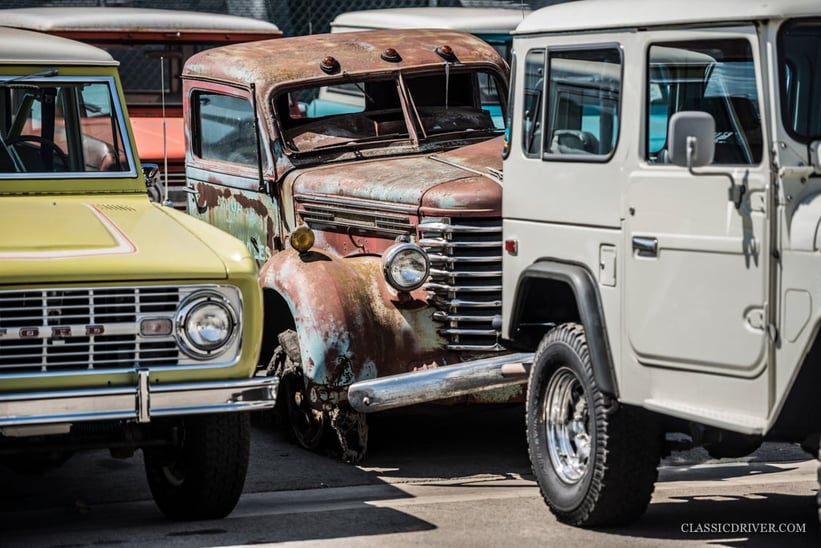
How would you define your passion for classic cars?
Romance, continuity of design, beauty in all the details and the quality of a time gone by.
What is your dream car?
Well, that would be a very long list – it would have to include a 1937 Lincoln Zephyr (which I’ve recently had the honour of finding), a 1934 DeSoto Airflow Coupe (one of which I’ve just bought to build and keep), the Bentley Embiricos, anything Saoutchik ever touched, a Facel Vega F2, the Hispano-Suiza Xenia – the list goes on…
Photos by Rémi Dargegen for Classic Driver © 2015
You can find more information about Icon and the services it offers here.
